
How the rate of first-time home buying has changed over time
This story originally appeared on Texas Real Estate Source and was produced and distributed in partnership with Stacker Studio.
How the rate of first-time home buying has changed over time
For many, the American dream starts with buying a first home.
That milestone was achieved by just under half of all homebuyers last year: First-time homebuyers accounted for 44% of the home-buying population in 2021, according to census data. Sales reached record levels nationally and in certain major metro areas, including San Francisco, New York City, and San Jose, California, first-time homebuyers accounted for more than half of buyers that same year.
Texas Real Estate Source examined historical data from the Census Bureau's American Housing Survey to see how the share of first-time home buyers has changed in the last 10 years time. A sale is considered a first-time home purchase if neither the primary buyer nor any co-buyer has ever owned another home as a primary residence. In addition to exploring how the rate of first-time home buyers has evolved, the 25 cities with the highest share of first-time homebuyers have been listed (data also from the American Housing Survey).
Among the most important factors that first-time homebuyers consider is whether it makes more financial sense to rent or buy. Generally, this is determined by a calculation of monthly mortgage payments versus rental costs—although if a buyer intends to stay in a house for at least five years, the scales most commonly tip in favor of owning. In locations such as Detroit in 2021, rent came in far below the average mortgage; in San Francisco, however, renters came out on top despite a high volume of first-time buyers that year.
Keep reading to see how the rate of first-time home buying has changed over time and which metros have the highest rate of these buyers.

In the last decade, first-time homebuyers represented at least 40% of the home-buying population
Purchase rates of first homes have remained fairly steady since 2021. First-time homebuyers have made up a sizable proportion of the overall home-buying population for the last 10 years, hovering just over 40%, according to the Census Bureau's American Housing Survey. That percentage jumped slightly between 2019 and 2021 to a 10-year high. While the pandemic did push up prices, new homebuyers jumped into the market at increasing rates.
That said, people are waiting longer to buy their first home. Forty years ago, the median age of a first-time buyer was 29; today, it's 33.

#25. Las Vegas
- Share of first-time buyers: 34.2%

#24. Phoenix
- Share of first-time buyers: 34.4%

#23. Tampa, Florida
- Share of first-time buyers: 37.1%

#22. Oklahoma City, Oklahoma
- Share of first-time buyers: 37.2%

#21. Dallas
- Share of first-time buyers: 39.2%
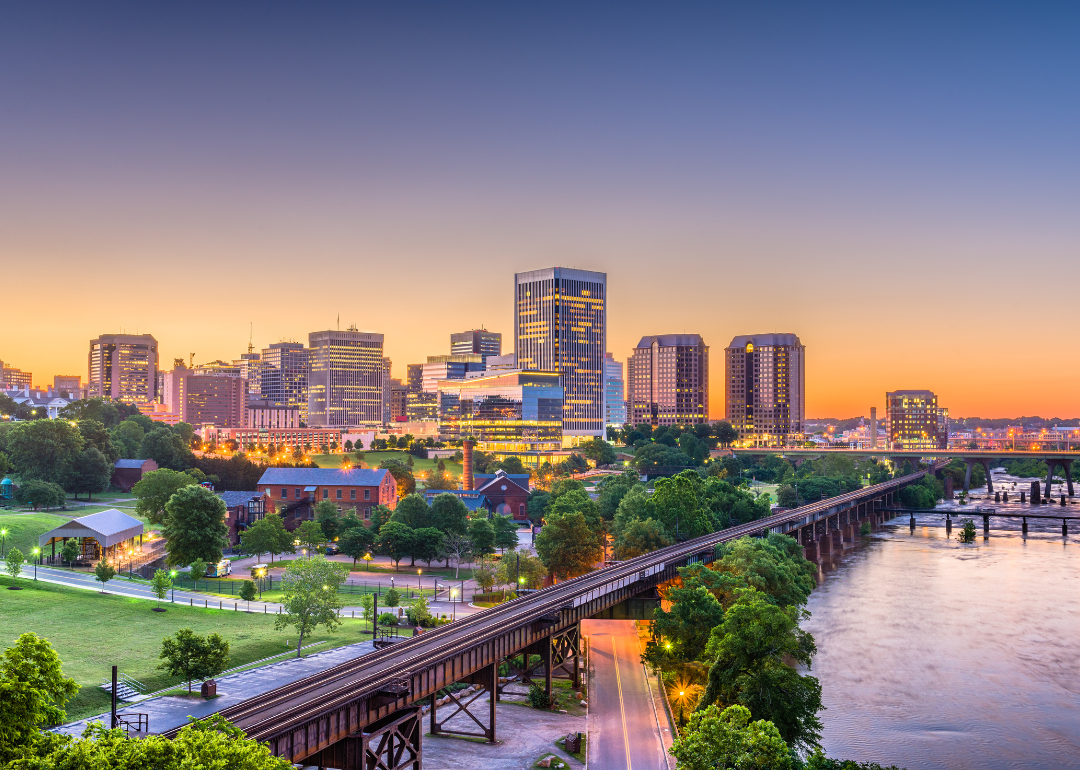
#20. Richmond, Virginia
- Share of first-time buyers: 40.5%

#19. Minneapolis
- Share of first-time buyers: 40.8%

#18. Seattle
- Share of first-time buyers: 41.4%

#17. Atlanta
- Share of first-time buyers: 41.6%
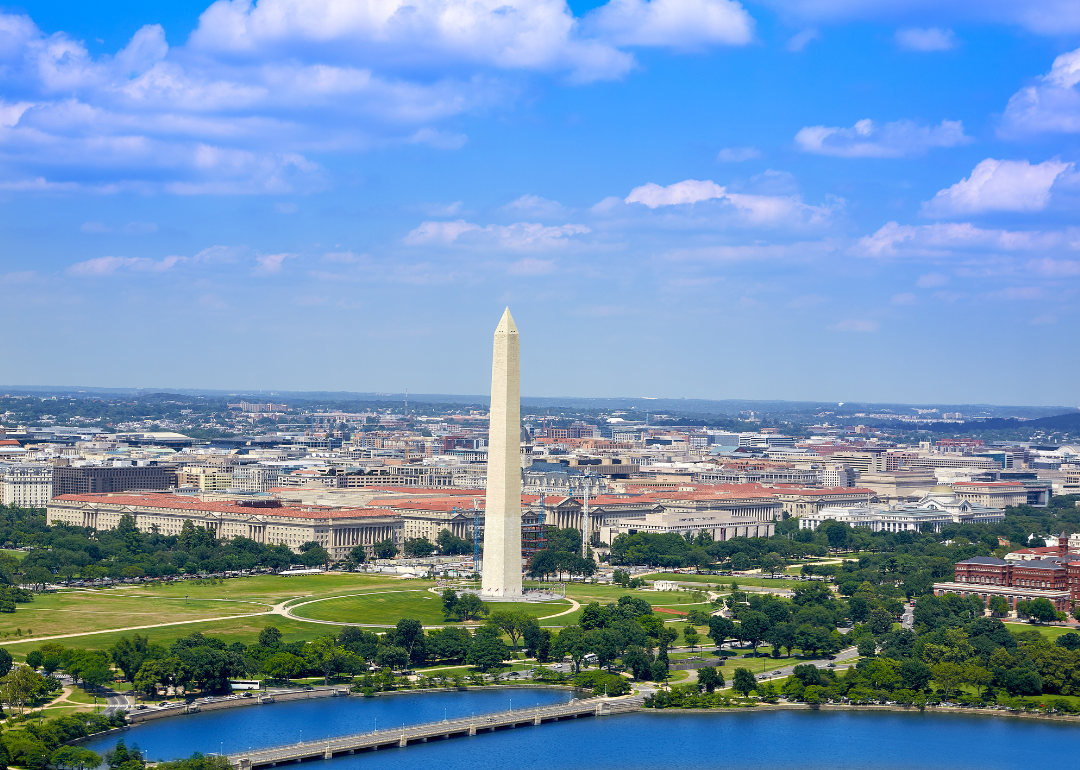
#16. Washington D.C.
- Share of first-time buyers: 42.4%

#15. Baltimore
- Share of first-time buyers: 43.4%

#14. Birmingham
- Share of first-time buyers: 44.1%
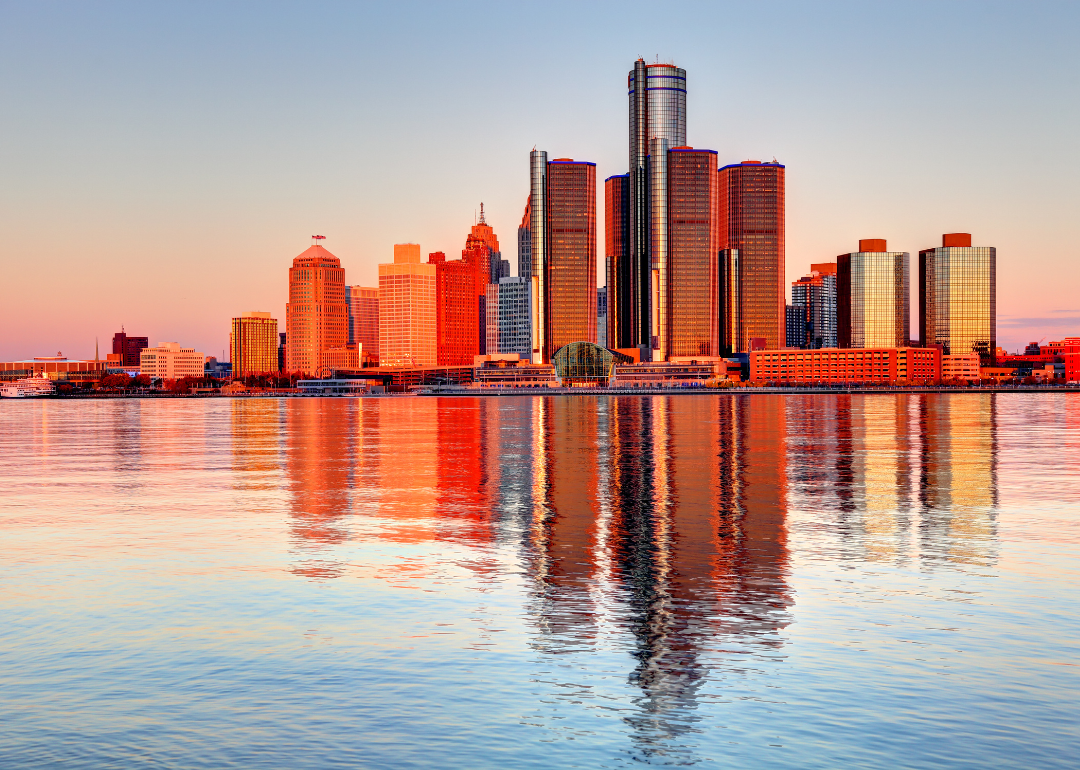
#13. Detroit
- Share of first-time buyers: 44.4%
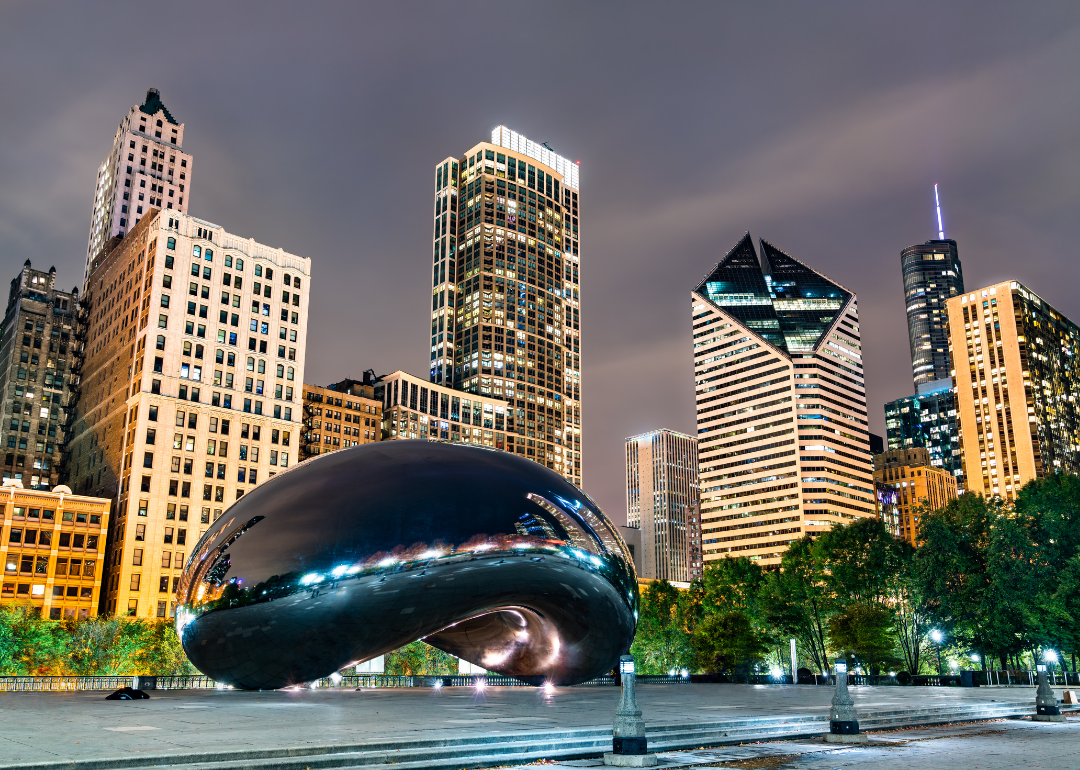
#12. Chicago
- Share of first-time buyers: 44.7%

#11. Rochester, New York
- Share of first-time buyers: 44.9%
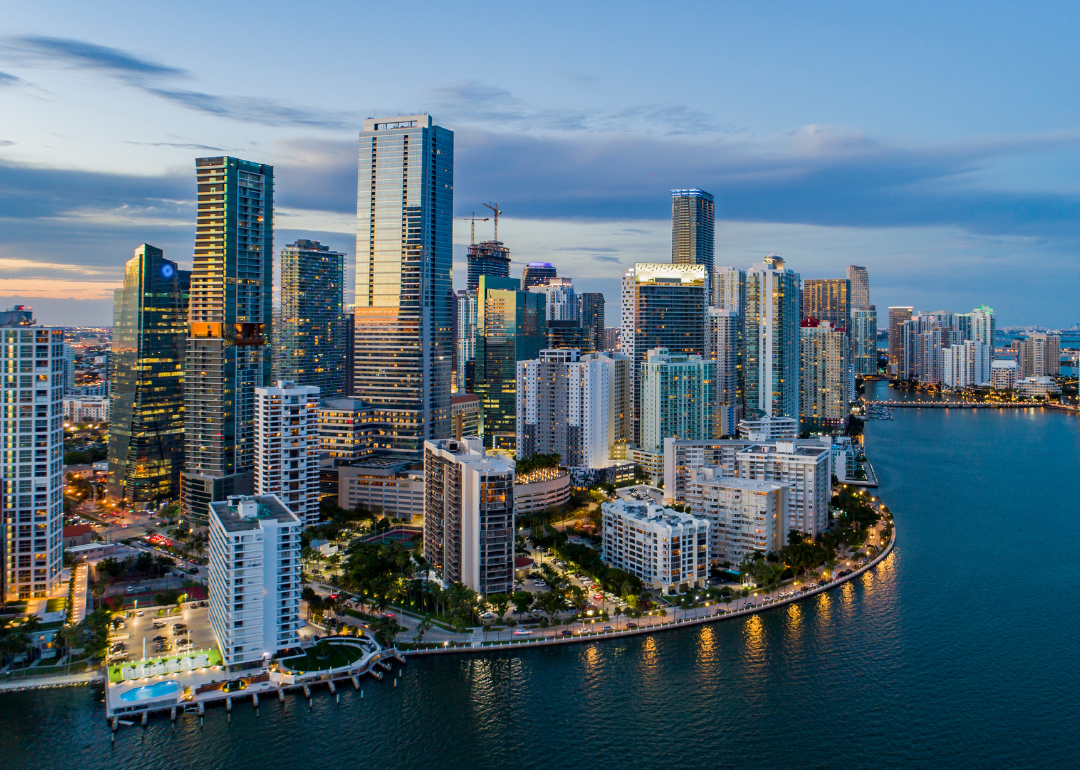
#10. Miami
- Share of first-time buyers: 45.3%
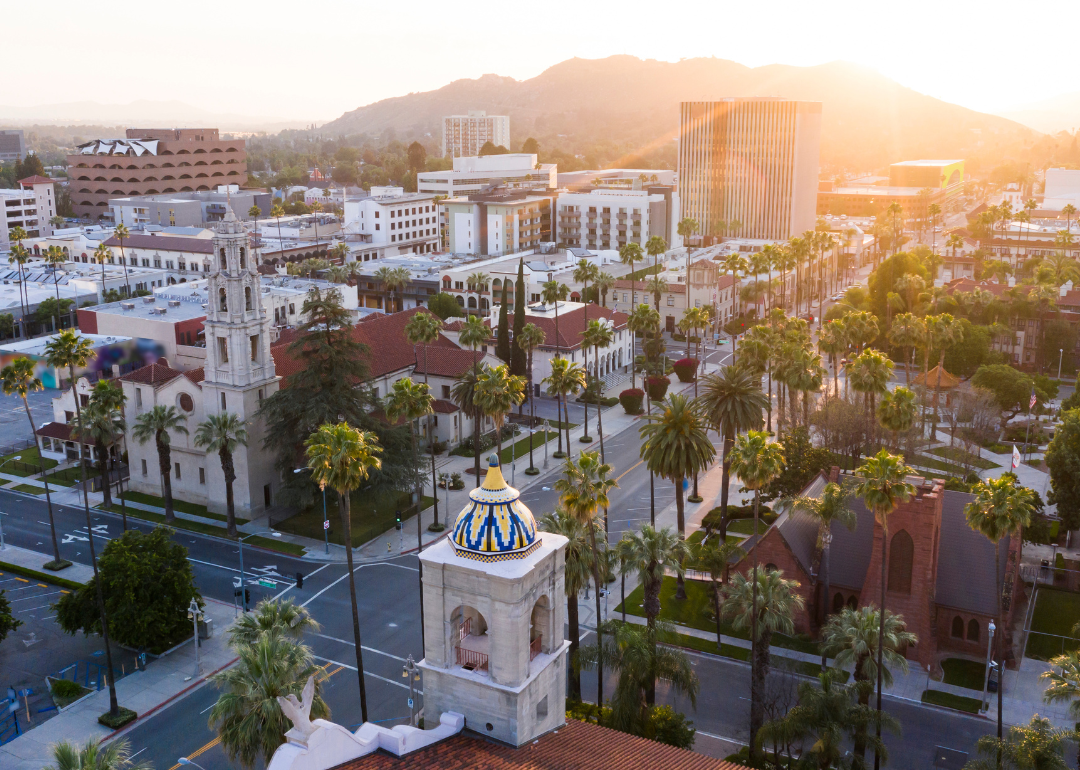
#9. Riverside, California
- Share of first-time buyers: 45.7%

#8. Philadelphia
- Share of first-time buyers: 47.7%

#7. San Antonio
- Share of first-time buyers: 47.7%
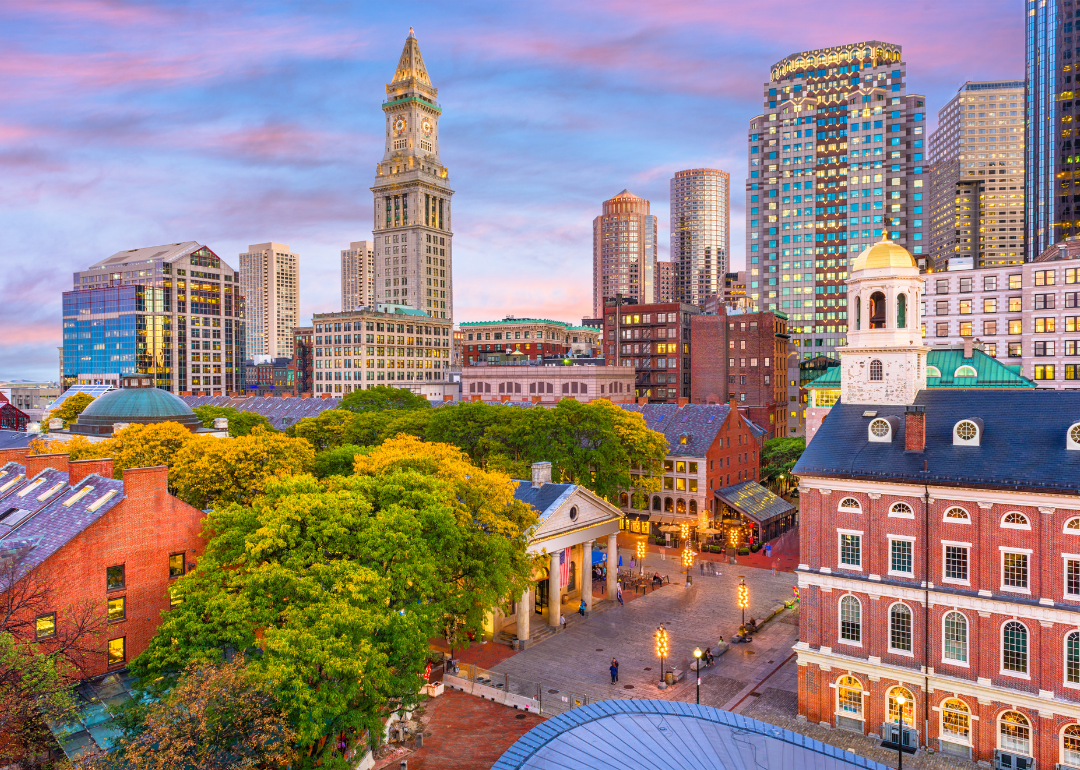
#6. Boston
- Share of first-time buyers: 47.9%

#5. Los Angeles
- Share of first-time buyers: 48.0%

#4. Houston
- Share of first-time buyers: 48.8%

#3. San Jose, California
- Share of first-time buyers: 51.3%

#2. San Francisco
- Share of first-time buyers: 52.6%

#1. New York, New York
- Share of first-time buyers: 54.4%



